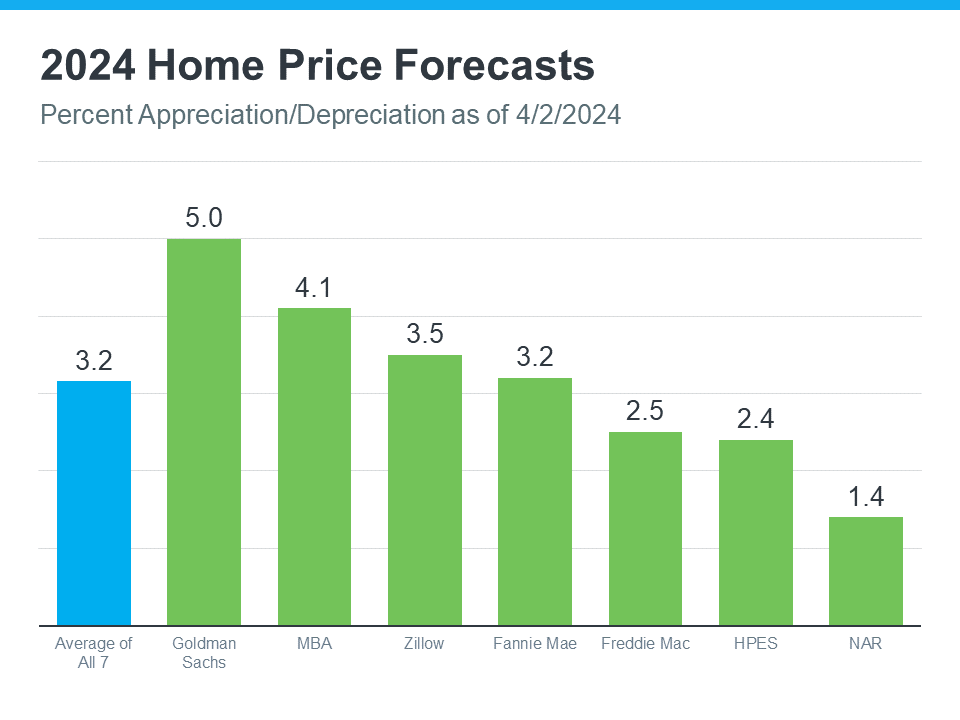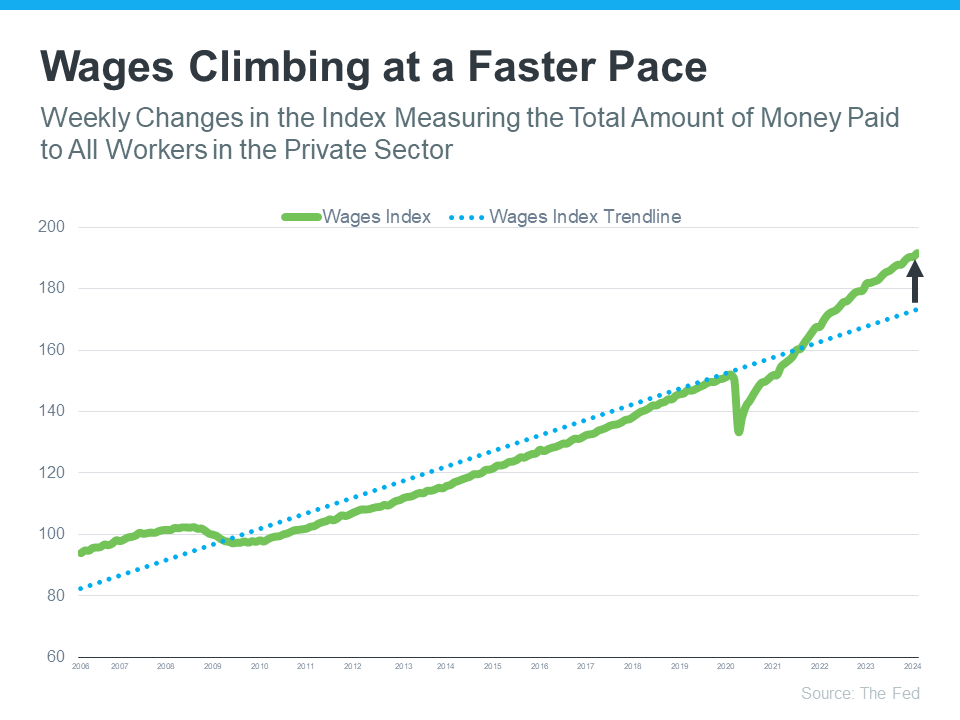In recent times, the conversation surrounding homeownership has largely centered on its increasing difficulty. While it’s undeniable that affordability remains a significant challenge, there are indications that the situation may be gradually improving and could continue to do so in the coming months. Elijah de la Campa, Senior Economist at Redfin, shares insights:
“We’re slowly emerging from an affordability crunch, though there’s still a considerable distance to cover. Mortgage rates have eased from their peak and are anticipated to decline further by year-end, potentially making homeownership a tad more accessible and encouraging prospective buyers to take action.”
Let’s delve into the latest data concerning the three primary determinants of home affordability: mortgage rates, home prices, and wages.
- Mortgage Rates
Throughout the past year, mortgage rates have displayed volatility, fluctuating within the upper 6% to low 7% range. While still notably higher than rates from a couple of years ago, there’s a silver lining amidst the turbulence.
Despite recent fluctuations, rates remain lower than their peak last fall when they approached nearly 8%. Moreover, industry experts foresee a downward trajectory in the latter half of 2024, albeit likely to stay above 6% for the year. As outlined in a recent Bright MLS article:
“Anticipate a decline in rates during the latter part of 2024, though they are expected to remain above 6% this year. Even a modest rate reduction could attract more buyers and sellers to the market.”
Any reduction in rates can significantly impact affordability, facilitating easier access to desired homes due to lower monthly payments.
- Home Prices
Another pivotal aspect to consider is home prices, with most projections indicating continued appreciation throughout the year, albeit at a more sustainable pace. This trend stems from a higher inventory of homes compared to previous years, though still insufficient to meet demand. Forecasts from seven different organizations for 2024 highlight this trend.

These projections offer a positive outlook for prospective buyers, signaling a more tempered increase in prices compared to the sharp spikes witnessed during the pandemic era. While not expected to decline, prices are projected to rise at a more moderate rate.
- Wages
An encouraging factor bolstering affordability is the upward trajectory of wages. Data from the Federal Reserve illustrates this trend, showcasing a steady increase in wages over time.

Of particular note is the accelerated growth of wages at present, surpassing typical trends depicted by the blue dotted line on the graph. This rise in income translates to enhanced affordability, as a higher income alleviates the burden of allocating a large portion of one’s paycheck towards monthly mortgage payments.
In Conclusion
Considering these factors collectively, there’s optimism regarding the prospect of homeownership. Projections suggest a potential decline in mortgage rates later in the year, accompanied by a more moderate increase in home prices and accelerated wage growth. These trends bode well for individuals aspiring to purchase a home, hinting at improved affordability in the foreseeable future.

 Facebook
Facebook
 X
X
 Pinterest
Pinterest
 Copy Link
Copy Link


